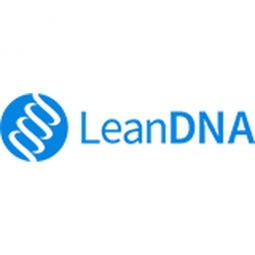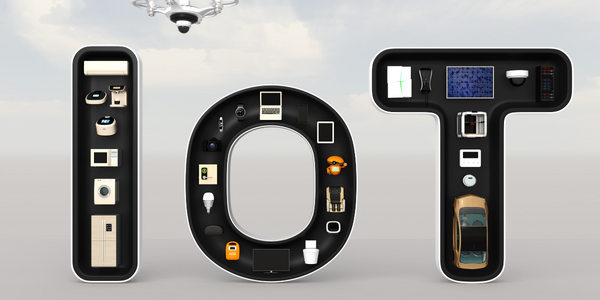
Technology Category
- Functional Applications - Enterprise Resource Planning Systems (ERP)
- Functional Applications - Inventory Management Systems
Applicable Industries
- Electronics
- Equipment & Machinery
Applicable Functions
- Procurement
- Warehouse & Inventory Management
Use Cases
- Inventory Management
- Picking, Sorting & Positioning
Services
- System Integration
The Customer
Not Disclosed
About The Customer
The customer is a global leader in electronic instrument manufacturing. They faced challenges in managing their inventory due to varying demand for different items, which complicated their purchasing process and affected supply to the manufacturing floor. This put their factories at risk of production-halting critical shortages. The management of this complexity was further challenged by an unwieldy ERP system and a lack of total visibility into operations. The company aimed to improve their organizational shortage communication and achieve ambitious inventory reduction goals.
The Challenge
In 2019, a global leader in electronic instrument manufacturing aimed to improve their organizational shortage communication and achieve ambitious inventory reduction goals. The company's demand varied from item to item, which complicated their inventory purchasing process and affected supply to the manufacturing floor. This put factories at risk of production-halting critical shortages. The management of this complexity was challenged by an unwieldy ERP system and a lack of total visibility into operations. Establishing optimal order policies for inventory management was possible in the ERP, but it required manual ABC analyses, a cumbersome process that took three to six months. The team viewed these analyses at a quarterly cadence, arguably too infrequently to react to market demand. Metrics around action items, time management, usage, and average demand were not available to the team in their ERP system.
The Solution
To make the organization’s procurement operation leaner, the team partnered with LeanDNA to improve visibility, monitoring, automatic reporting, daily prioritization of inventory actions, and collaboration within their procurement team. LeanDNA enabled access to metrics and pre-built dashboards that show validated data and up-to-date inventory levels. This new visibility allowed for more efficient monitoring and command over inventory actions across multiple departments and levels of the business. The manufacturing team used LeanDNA’s Inventory Burn-Off Chart as guidance to view predicted inventory levels and opportunities should they take the appropriate, efficient actions. They used these capabilities to set accurate, achievable goals. With clear goals established, actions and metrics were then surfaced in LeanDNA and automatically prioritized by the largest projected impact on inventory reduction. LeanDNA also prioritized critical shortages; the Line of Balance report enabled buyers to see a future shortage and adjust PO deliveries accordingly.
Operational Impact
Quantitative Benefit

Case Study missing?
Start adding your own!
Register with your work email and create a new case study profile for your business.













